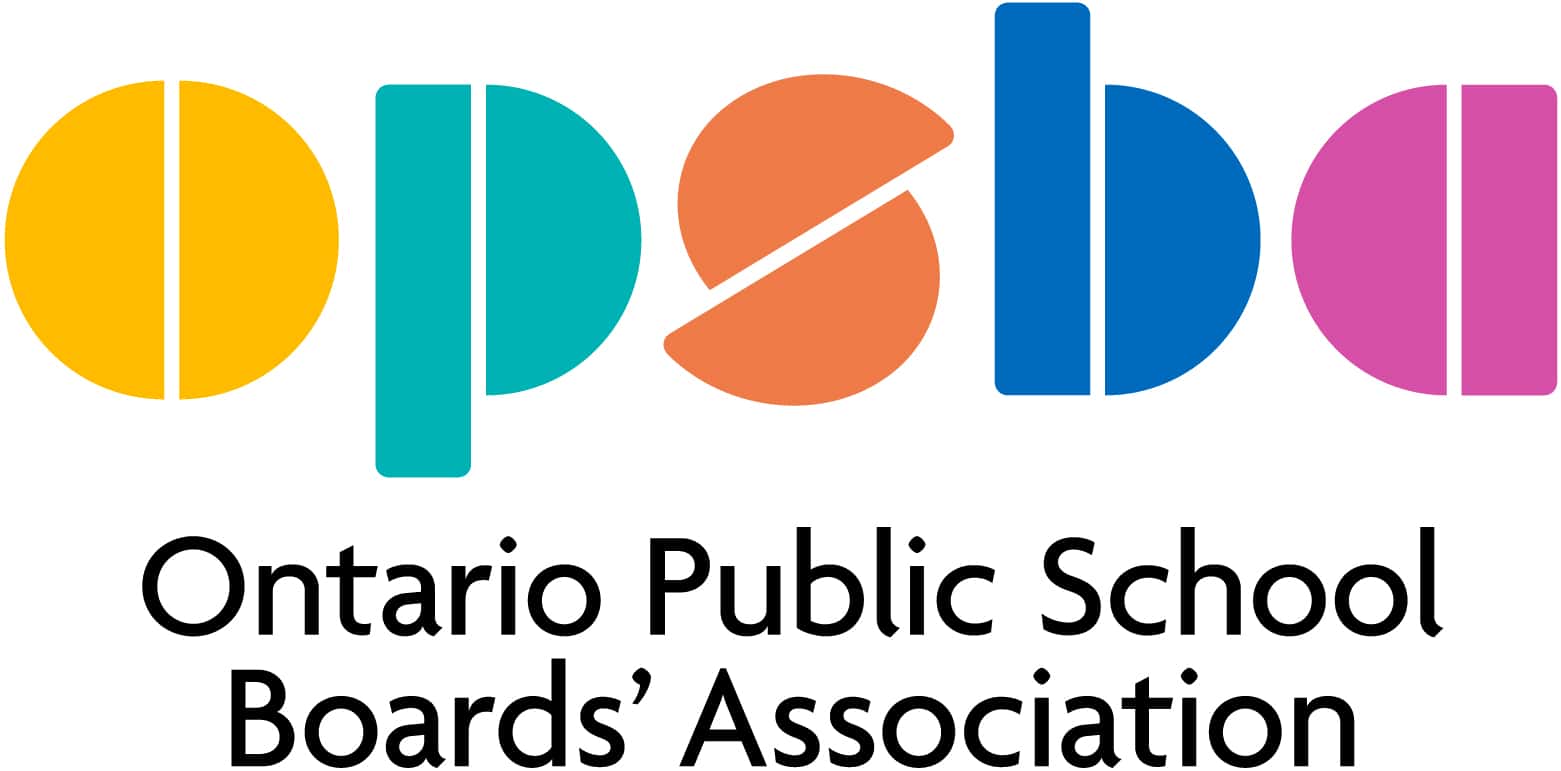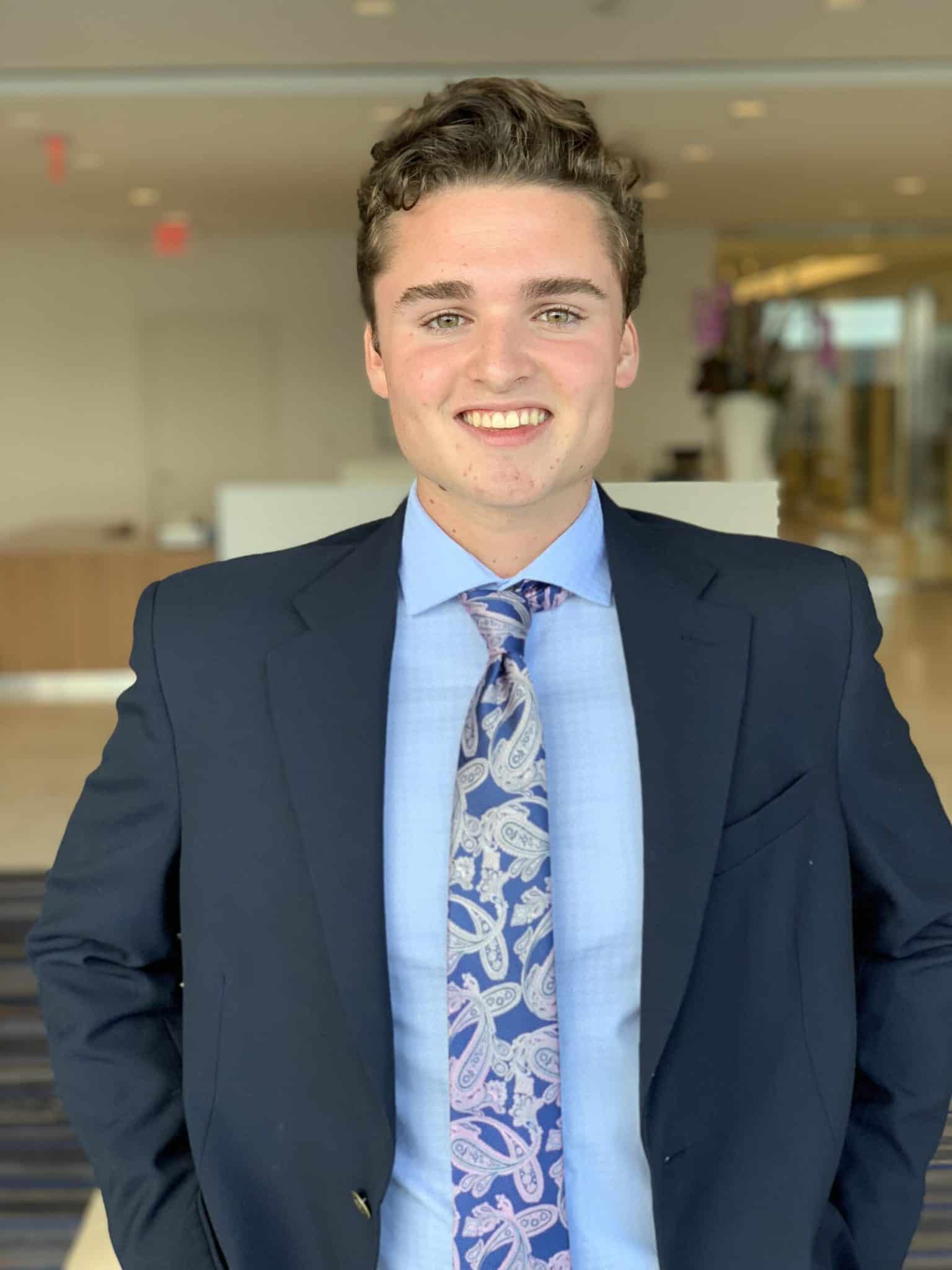 Special Needs to Life Skills: The Importance of a uniquely designed Curriculum
Special Needs to Life Skills: The Importance of a uniquely designed Curriculum
Sean McCloskey
In every education system, each student’s learning style is completely unique. Every mind collects and retains information in a different way. It is important to acknowledge those differences and make the proper decisions to accommodate each student’s specific learning needs.
In my home, I have a 19-year-old brother named Michael and he is autistic. According to a 2012 study conducted by St. Catherine University and the University of St. Paul described ASD as, “Autism Spectrum Disorder (ASD) is typically diagnosed in childhood and has a wide range of symptoms, some being more severe than others. These symptoms consist of communication, socialization, behavioural and interest impairments, as well as minimal social skills (Weiss & Lunsky, 2011). Due to these symptoms, a child with ASD may have trouble relating to peers and forming meaningful relationships.” This accurately summarizes my brother. Before Michael completed his first year of high school he was unsure of how to initiate conversation, possessed weak mannerisms and had a hard time controlling his anger. His efforts to overcome those obstacles, as well as focusing on future motivating goals (e.g. graduation, entering the workforce), has led to mature and positive changes in the way he lives his day-to-day life.
Michael is currently in his sixth year of secondary school in the Life Skills Class at the Renfrew County DSB’s Madawaska Valley District High School in Barry’s Bay. In this class he is surrounded by other students with special needs who require individualized modifications to their everyday class content. A typical day consists of four blocks: Literacy, Numeracy, Physical Education, and the Arts. Each block is used to teach basic skills that many take for granted. For example, Literacy is spent developing skills like how to read recipes, how to set a stove to the proper temperature and other general safety tips when performing various tasks. Numeracy consists of tasks such as checking the weather forecast and preparing for the day ahead, learning how to budget money and make estimations about the cost of grocery items, going out into the community to purchase food and supplies and other basic math-related skills. During the Physical Education block the students have access to our high school’s gymnasium and weight room where they do their exercise. Their Arts period is split each semester by Art and Music. In that block, the Life Skills class is integrated with other high school students and they are able to experience a larger classroom setting and establish connections with other students.
As great as it is for the Life Skills students to be integrated and exposed to other students, it’s even better for the students and staff of our high school to be able to learn from them. Having these kinds of interactions benefits everyone. Thomas Armstrong, in an article on
www.institute4learning.com, writes, “Students with disabilities help promote a climate of giving in the classroom. The autistic daughter of anthropologist Roy Richard Grinker was fully included in the Smithsonian Early Enrichment Center in Washington, D.C., and her teachers commented: ”It’s not just that Isabel introduced diversity into the classroom. . . Isabel made the other children less selfish.” When Isabel was absent, the students were more competitive and irritable, but when she returned, they returned to a more giving attitude toward each other as well as Isabel. Similarly, students with special needs can humanize any educational environment. Their presence sends a message to students that we all need to pitch in to help each other out in life.” This excerpt is a real-life example that illustrates the mutual benefits of integration. For my brother, it gives him the opportunity to practice the skills he has been learning with his teachers and classmates and it also creates opportunities for students and staff to learn how to engage with him and the other students in his class.
In my high school, we are lucky to have a fantastic student body that is willing and more than happy to involve everyone regardless of how they learn. Students include my brother and his classmates by inviting them to dances and lunchtime sports intramurals. Students also attend a concert performed by the Life Skills class which makes them feel like rock stars! It also helps that we have supportive and cooperative staff who present our students with special needs with opportunities to be independent amongst their peers.
Being a first-hand witness to Michael’s educational journey has allowed me to see how a uniquely designed curriculum and prolonged education has equipped him with knowledge and practical strategies that have helped him to be more competent and confident in his independence and a contributing member to society.
And yet, as great as this all sounds, there is still one more extremely important piece we need to touch on: bridging the gap between a student’s education and starting a conversation about transitioning to their future.
But what does “bridging the gap” mean and what does it look like? At my school it is an entire community initiative with teachers and administrators in the education system, members of Community and Social Services and representatives of Children and Youth Services collaborating to produce short and long term plans to ensure the student is supported as they transition into an independent lifestyle. At each meeting, the goal remains the same; to equip students with the resources and supports to contribute to their current community just as they did in their prior school community. In the past, the “next step” element was falling short for students with special needs. But thanks to the partnerships we have acquired with other members of our community we have been able to ensure that students will be able to utilize the skills they have developed through their individually designed education.
The reason we educate students is to create competent, confident and independent young people who are able to contribute to their community. Thanks to the education and short and long term planning Michael has received throughout his time at high school, I know that he will be able to independently contribute to his community in an effective and noticeable way.
Sean McCloskey is a student trustee from the Renfrew County District School Board and Vice President of the Public Board Council for the Ontario Student Trustees’ Association/l’Association des élèves conseillers et conseillères de l’Ontario (OSTA-AECO).
Resources:
- https://sophia.stkate.edu/cgi/viewcontent.cgi?article=1035&context=msw_papers
- http://www.institute4learning.com/2016/10/16/6-reasons-for-fully-including-children-with-special-needs-in-regular-classrooms/
| Previous Article | Next Article |

 Special Needs to Life Skills: The Importance of a uniquely designed Curriculum
Special Needs to Life Skills: The Importance of a uniquely designed Curriculum